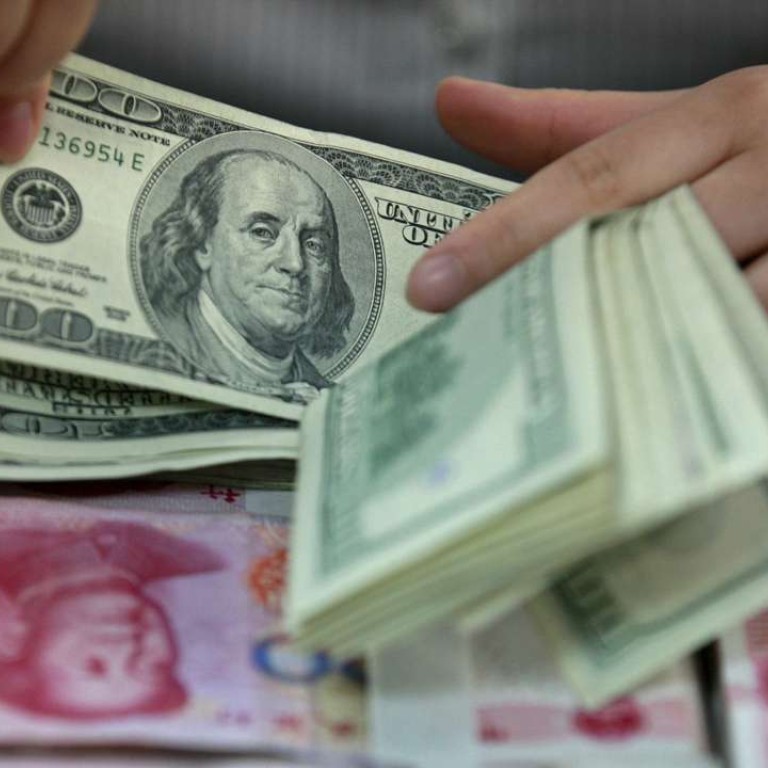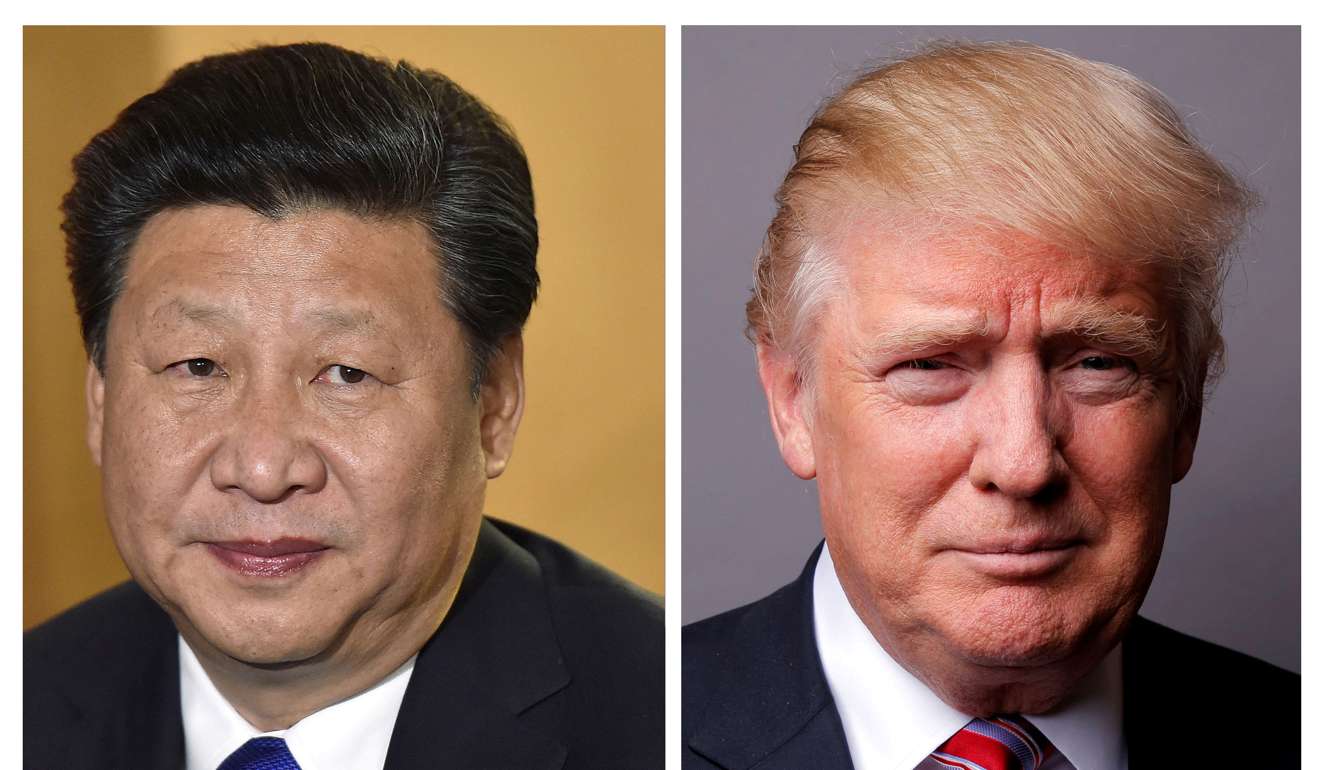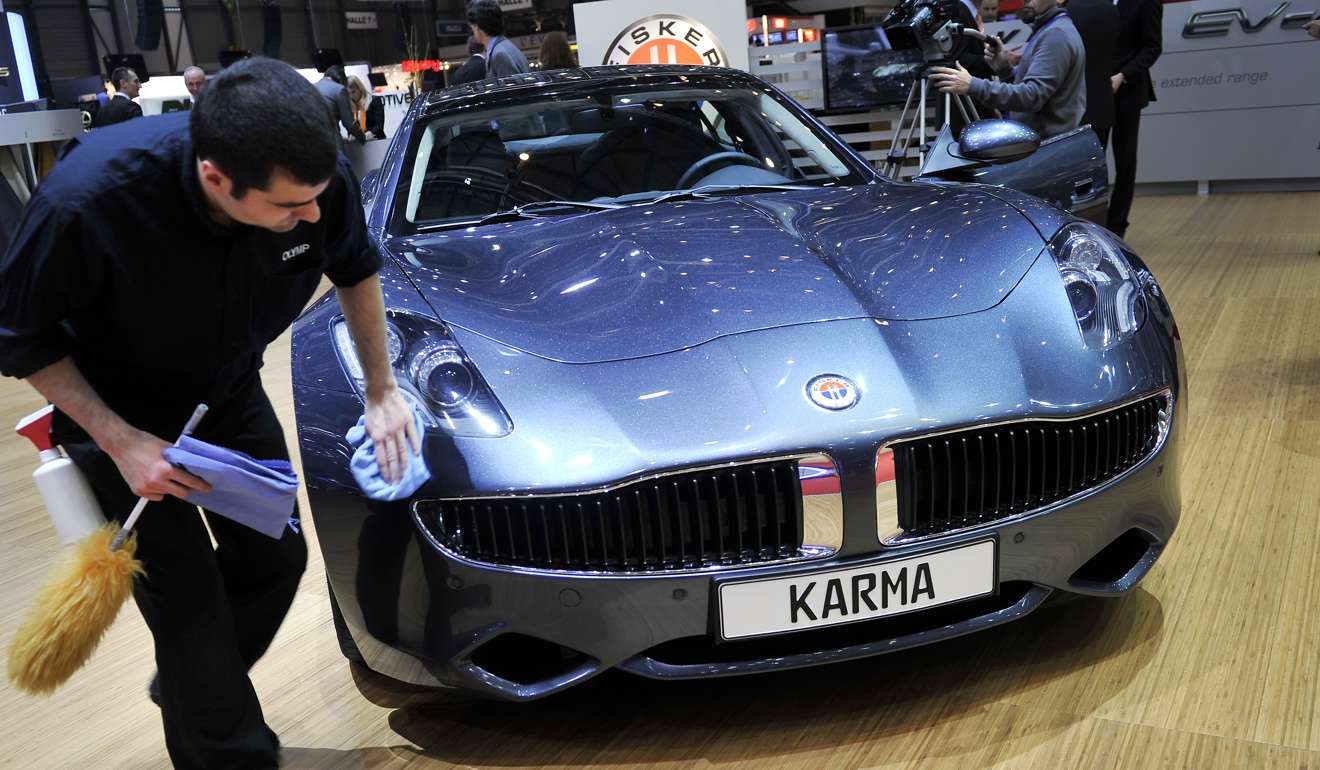
High hopes for clearer US stand on hi-tech investment in China ahead of Xi-Trump summit
Washington might ease limits on American investment in China as part of quest for bilateral trade
The US might agree to clear up some grey areas over which technologies American firms are barred from selling to China, allowing them more access to the mainland economy as the two countries look for ways to spur bilateral investment, according to a former Chinese diplomat.
If both sides can reach a deal on the issue, it would be one achievement President Xi Jinping and his US counterpart Donald Trump could deliver at their summit in Florida next week.
Lifting restrictions on “dual-use technology” – which can be adapted for the military – would allow US companies to invest in sectors including water treatment, biosciences and some hi-tech manufacturing in China, said Colin Wu, vice-chairman of the US China Business Association.
Trump and Xi are also likely to discuss other areas to improve access for Chinese and US firms in each other’s markets.
Most trade analysts expect the two leaders’ talks to steer Beijing and Washington back towards negotiations on an investment treaty started under former US president Barack Obama.
But national security concerns and suspicions around how much the other side might will be willing to concede will keep the scope of liberalisation narrow, according to observers.
“The entire Chinese economy is undergoing a transformation from labour-intensive manufacturing to hi-tech manufacturing,” said Wu, a former member of China’s diplomatic service. “I believe the Chinese government is going to make some concessions in easing investment policies.”
But key, high-value industries such as semiconductors and other high-speed processing technologies will remain out of bounds, according to Richard Bush, director of the Brookings Institution’s Centre for East Asia Policy Studies.

This is not only because these technologies can be adapted for military use, but also because China has made significant progress in these areas.
“We’ve never been willing to negotiate the contents of our [dual-use technology] list with other countries, so it’s unlikely that you’d see a radical change in our regime,” Bush said. “This ... has bedevilled US-China relations ever since we established diplomatic relations in 1979.”
This attitude might limit investment liberalisation to anything that falls outside the dual-use category, which could allow a freer flow of investment by US engineering firms such as Xylem, General Electric’s water engineering division and any number of university research units.
Wu said he had travelled extensively in China and had been approached by provincial and municipal governments to help bring in US educational institutions and companies able to improve medical services.
“We have 1.4 billion Chinese people, so we need help picking up the speed of improvement in medical services,” he said.
Meanwhile, the Palm Beach talks might encourage more Chinese companies to follow the lead of big players such Yanfeng Automotive Trim Systems, a unit of Shanghai Automotive Industry Corp, and Wanxiang Group, which makes luxury electric cars in the United States. These companies are investing in facilities and hiring Americans, which aligns with Trump’s pledge to stop jobs going overseas.
“We have about 400 companies in our membership and they’re very much involved in the rebuilding of Detroit,” said Brian Gao, president of the Detroit Chinese Business Association, which counts a Yanfeng subsidiary as a member.
Yanfeng is the majority owner of a venture it formed in 2015 with the car interiors unit of Johnson Controls. The firm said in October that it was setting up a new factory in Belvidere, Illinois, to support Fiat Chrysler. The new plant was expected to bring US$28.1 million of new capital investment and lead to the creation of 400 new jobs, the company said.
Wanxiang bought then-bankrupt Fisker Automotive – now called Karma – in 2014. Karma has since begun selling electric cars in the US, a US$130,000 model called the Revero.
Wanxiang Group chairman Lu Guanqiu told the The Wall Street Journal in April last year that if the vehicles were well received by the US market, the company would bring Karma to China.
For large Chinese companies investing in the US, losses related to regulatory issues are often “just revenue or performance issues”, according to Gao at the Detroit Chinese Business Association. “For small- and medium-sized businesses, it’s a matter of life and death” when they become ensnared in regulatory ambiguities.
Many of the Detroit association’s members would invest more in US infrastructure, logistics and other industries not directly related to the car industry if they had assurances their projects would be sanctioned by the federal government, Gao said.

While it will be difficult for Trump to deny the benefits that companies like Yanfeng and Wanxiang are providing, it would be more politically dangerous to give Chinese companies free rein on investing more broadly in the US.
“The problem that the United States is going to put on the table with respect to an agreement is the fact that a lot of sectors in China are closed to outside investment, despite commitments made to the WTO, particularly in finance and telecoms, logistics and other things, where our competitive advantages are,” said Bush at the Brookings Institution.
“The question that the Trump administration will have is: are we going to do an agreement that is mutually beneficial, and the big obstacle is going to be the so-called negative list that China has presented that lays out all the areas that are not open to us. And the list is too long.”

